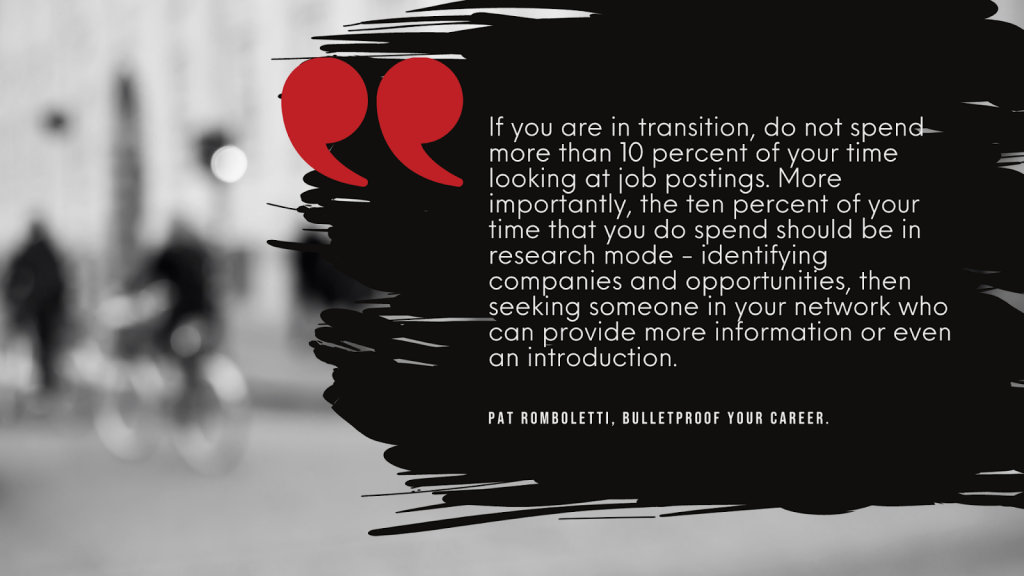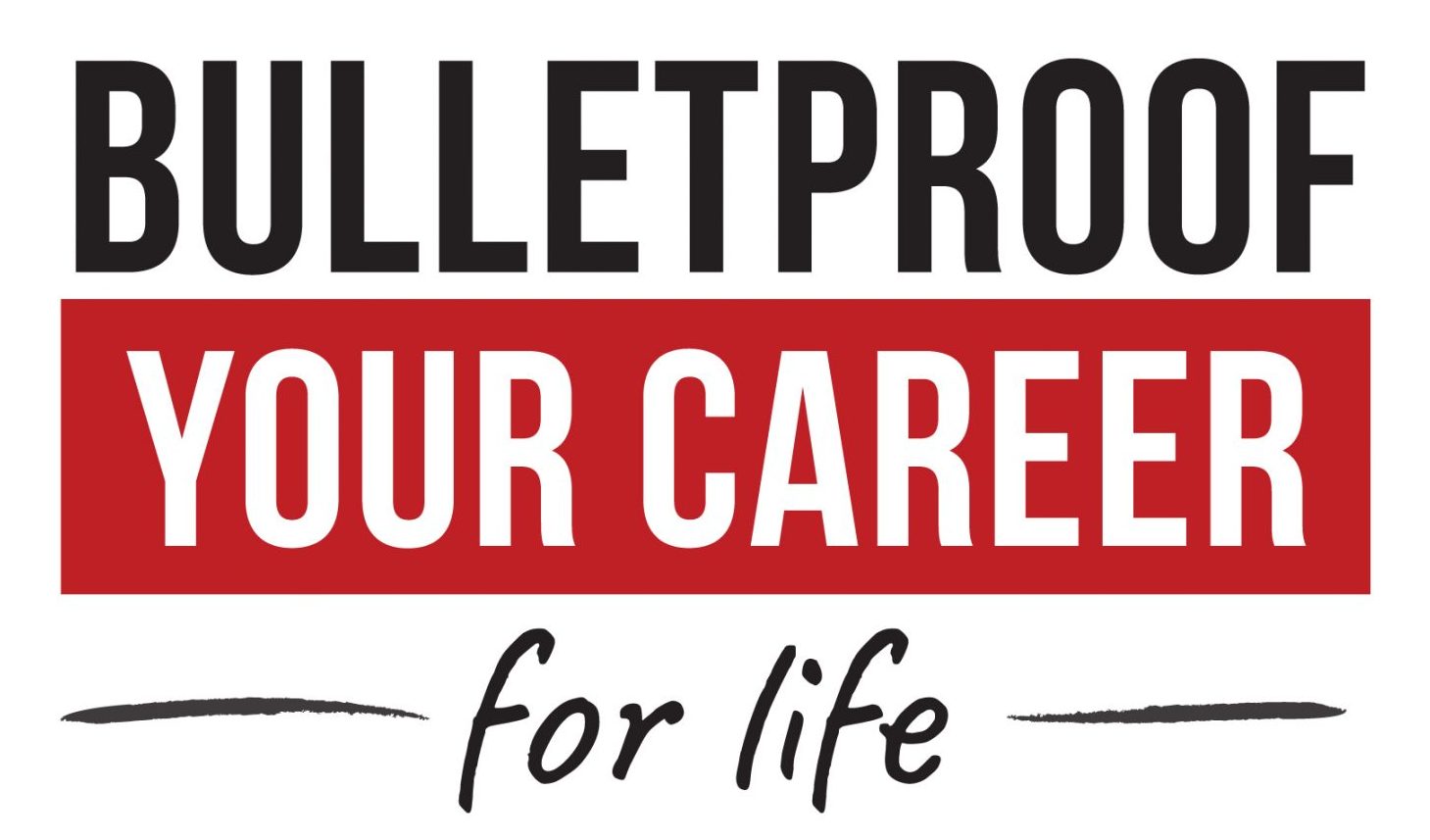Part 3: Maintain your Plan A and Plan B (B, as in Bulletproof)

Last week, we gave you two complexities to avoid during your job search. This week, we are diving into how to execute an effective Plan A / Plan B strategy.
The Most Important Part of this Plan A/Plan B is . . .
I am not asking you to give up your aspiration, but rather to have a strategic approach that is consistent with the reality of the hiring climate, and one that fits your two runways (remember you have an emotional and a financial runway).
Now, if you’re thinking, “but I compromised last time, I don’t want to do it again,” I hear that frequently too, but the reality is, that you most likely settled for Plan A, and then you settled in! You didn’t curate and cultivate a network in the industry that you aspire to move to. Or, you didn’t earn that certification that you wanted, and you can’t demonstrate that you gained experience related to that expertise. And, you didn’t proactively search for your “Plan B” new role while you were in your current role, so there you are, trapped in Plan A with no active strategy or tactics deployed to get you to Plan B!
Another Plan A/Plan B Scenario
Another Plan A/Plan B scenario that you can execute to make sure that your search matches up to your financial and/or emotional runway is:
Plan A — As in the scenario above, you put the highest % of your job search effort towards finding a new role in your sweet spot where you can readily compete most effectively.
Plan B — Dedicate a % of your effort toward finding a contract/interim role.
The concern I hear most often for this scenario is, “but what if I land a long-term contract and then I get a full-time job offer.” I cannot tell you how many times “long-term contracts” are cut short by the company for a myriad of reasons. It happens every day! Projects get cut, budgets get cut, priorities shift, and the contractors are often the first to go—because businesses have to make business decisions to protect their financial stability—and you have to make decisions to protect you and your family’s financial stability! As long as you leave responsibly—that is, you give two to three weeks’ notice (whatever you can give without jeopardizing the full-time role) and offer to be available by phone or email for a specific (and reasonable) period of time to answer questions, there is no reason to hesitate on leaving the contract position behind.
You Need a Sound Blueprint
When you’re prepared for your job search, you become unstoppable. Ensuring your resume and LinkedIn profiles are up to date and narrowing down your target list are just a few of the ways you can map out the blueprint for your search. Including a Plan A/Plan B approach as part of your strategy will expand your options and boost your confidence.

For more on developing a sound blueprint for your career search, check out my book, Bulletproof Your Career.
If you missed Parts 1 and 2 of the series, you can find them here.
